 To launch labAlive simulation applications you need a Java Runtime Environment supporting Java Web Start on your system. Here you can get more information about installing the right Java version.
To launch labAlive simulation applications you need a Java Runtime Environment supporting Java Web Start on your system. Here you can get more information about installing the right Java version.
"In radio communications, single-sideband modulation (SSB) or single-sideband suppressed-carrier modulation (SSB-SC) is a type of modulation used to transmit information, such as an audio signal, by radio waves. A refinement of amplitude modulation, it uses transmitter power and bandwidth more efficiently. Amplitude modulation produces an output signal the bandwidth of which is twice the maximum frequency of the original baseband signal. Single-sideband modulation avoids this bandwidth increase, and the power wasted on a carrier, at the cost of increased device complexity and more difficult tuning at the receiver."
(Single-sideband modulation Wikipedia)
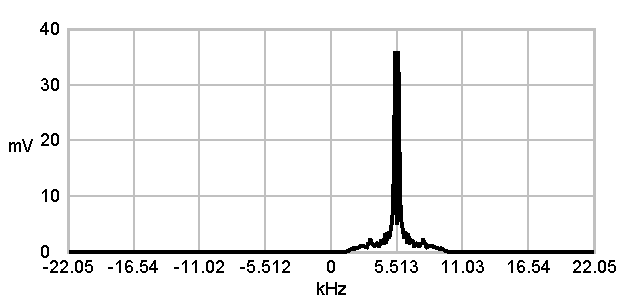
|
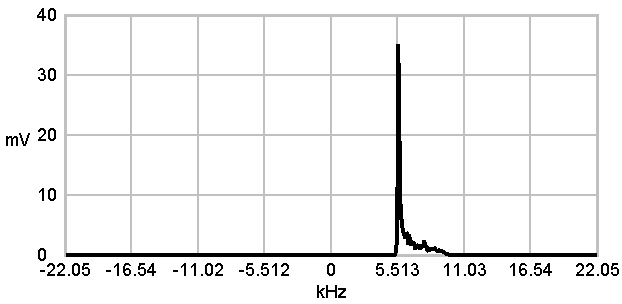
|
There are many variants of single sideband modulation that are used, and there are several different abbreviations for them.
- LSB: This stands for Lower Sideband. This form of single sideband modulation is formed when the lower sideband only of the original signal is transmitted. Typically this is used by radio amateurs or radio hams on their allocations below 9 MHz.
- USB: This stands for Upper Sideband. This form of single sideband modulation is formed when the upper sideband only of the original signal is transmitted. Typically this form of SSB modulation is used by professional users on all frequencies and by radio amateurs or radio hams on their allocations above 9 MHz.
- There are several more variations used for SSB modulation like double sideband (DSB),Single Sideband Suppressed Carrier (SSB SC),Vestigial Sideband (VSB), and SSB reduced carrier. (electronics-notes.com)
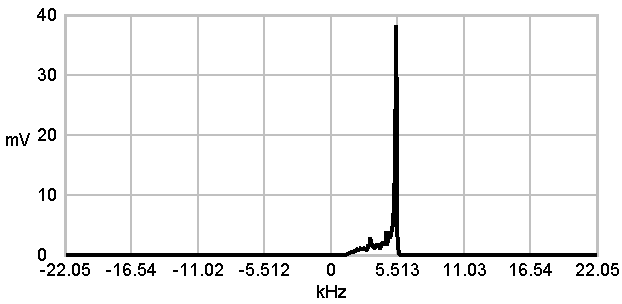
|

|
"The modulation like SSB or single-sideband modulation is extensively used in the radio spectrum of short wave or HF portion for radio communications in two ways. This communication uses SSB modulation, and the applications of this range from marine, HF point to point transmissions, military as well as radio amateurs or radio hams. This modulation is derived from AM (amplitude modulation) because;it overcomes several drawbacks of AM. Generally, this modulation is used for various purposes like voice transmission and where radio communication in two ways using the analog signal is necessary."
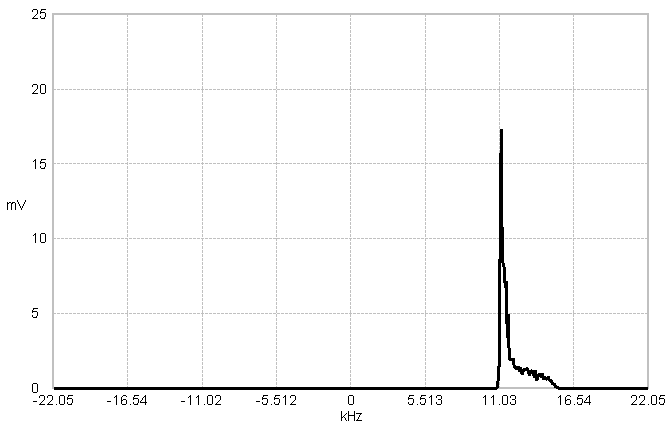
|
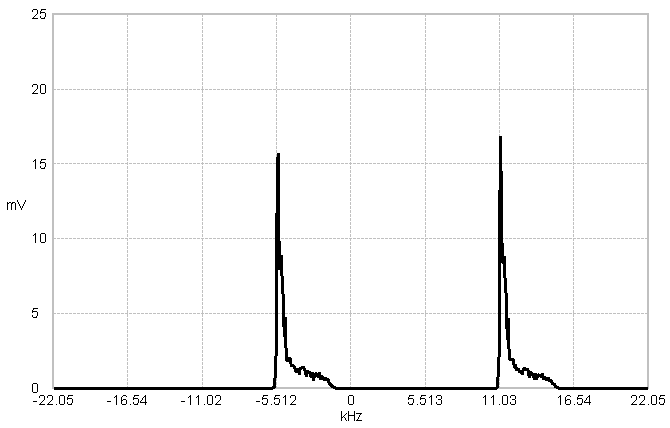
|
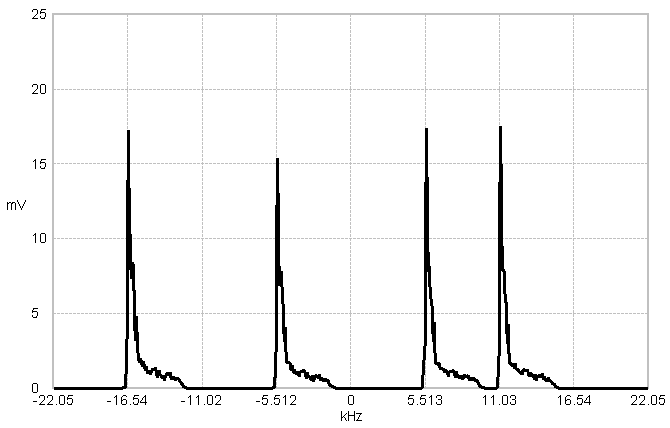
|
The same principle would also be possible with only lower sidebands

- The first component is a regular low-pass filter in order to bandlimit the message signal.
- By using the "Real2AnalyticSignal" filter we can realize the SSB-Modulation, with the help of the Hilbert-Transformation, furthermore we can decide between USB/LSB (upper sideband/ lower sideband), and suppress the opposite one.
- The carrier and multiplier as the third component, it shifts SBB-modulated signal onto a desired frequency
- The SSB-Signal is a complex signal, by using the last component of the generator, we are able to create an real signal by taking the generated sideband-signal, copying and mirroring it.
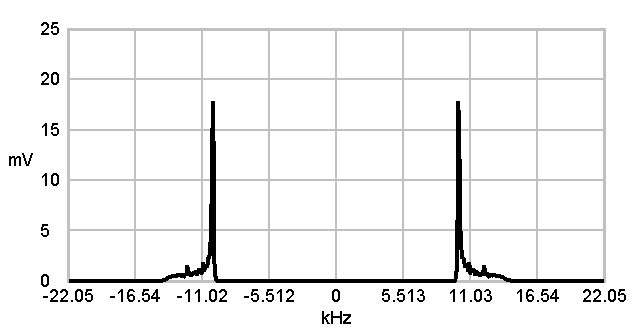
|
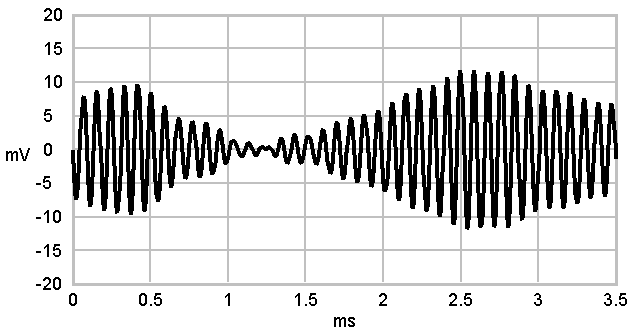
|
To implement our full signal into just an USB/LSB, several implementations can be used, in this experiment we are using the Hilbert-Tranformation.(Hilbert transform Wikipedia)
SINGLE-SIDEBAND DEMODULATION

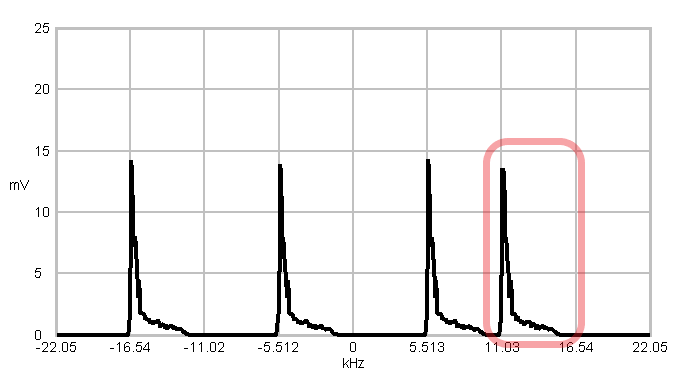 | 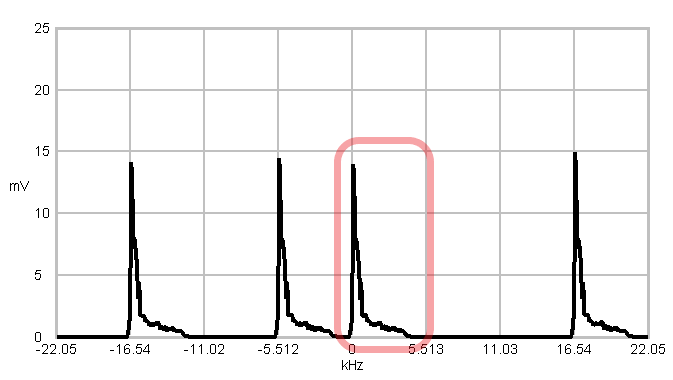 |
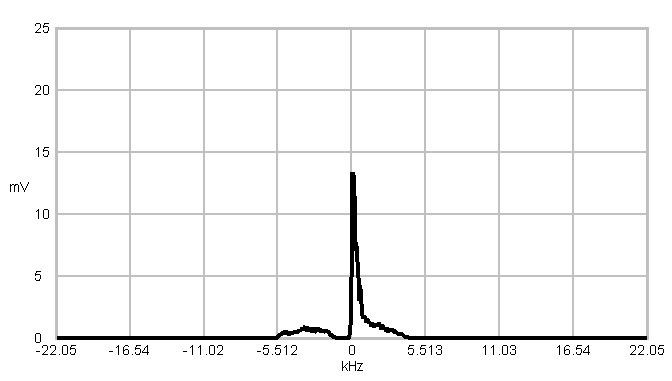
 | 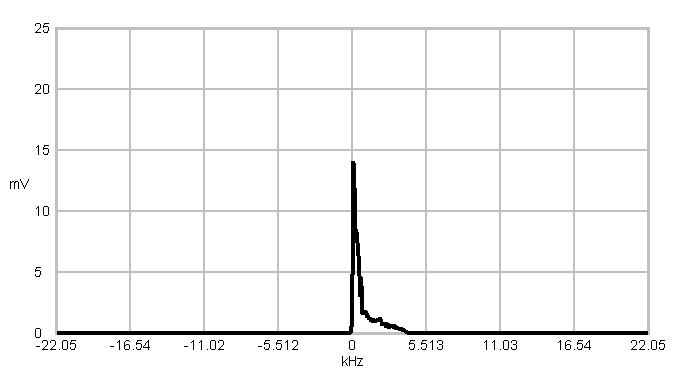 |
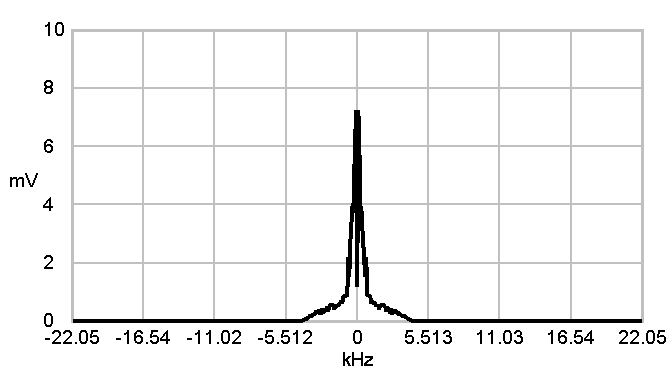
| Spectrum | Time Domain | Modulation |
|---|---|---|
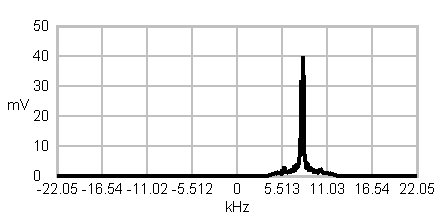 |
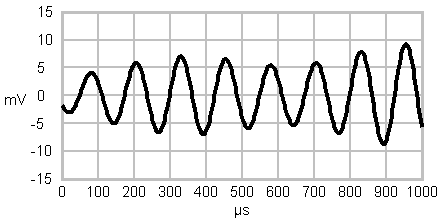 |
 |
 |
 |
 |
 |
 |
 |
